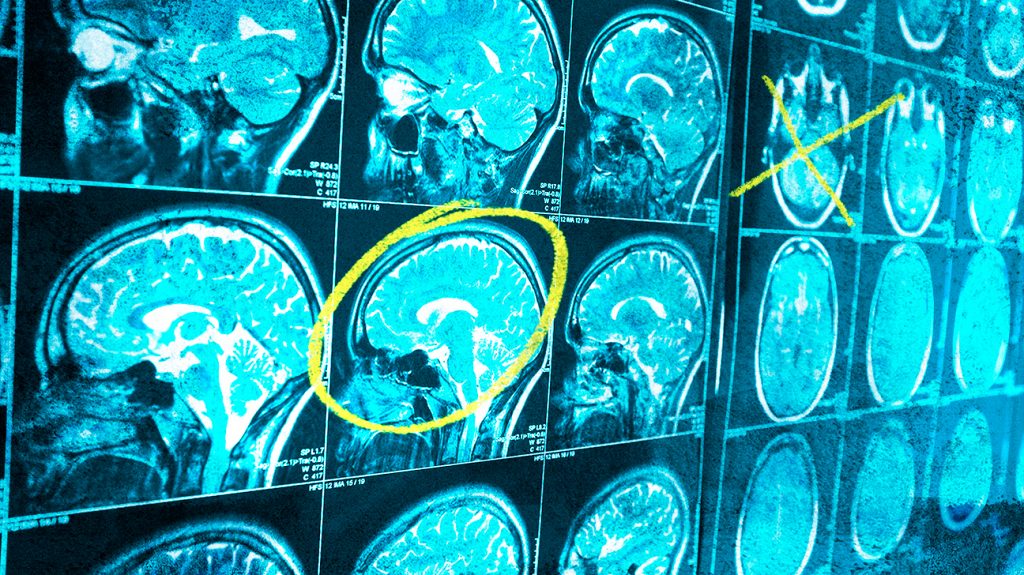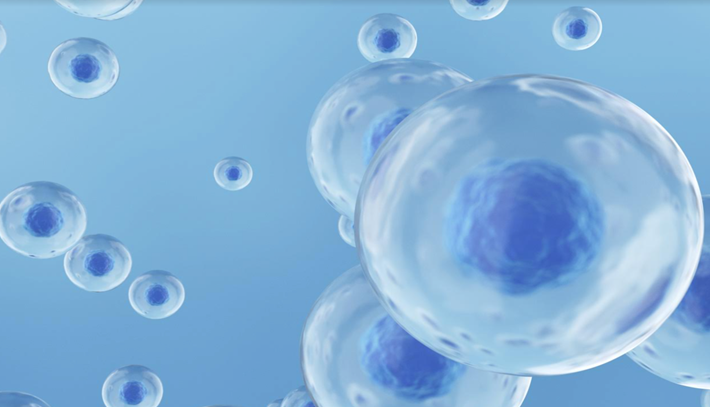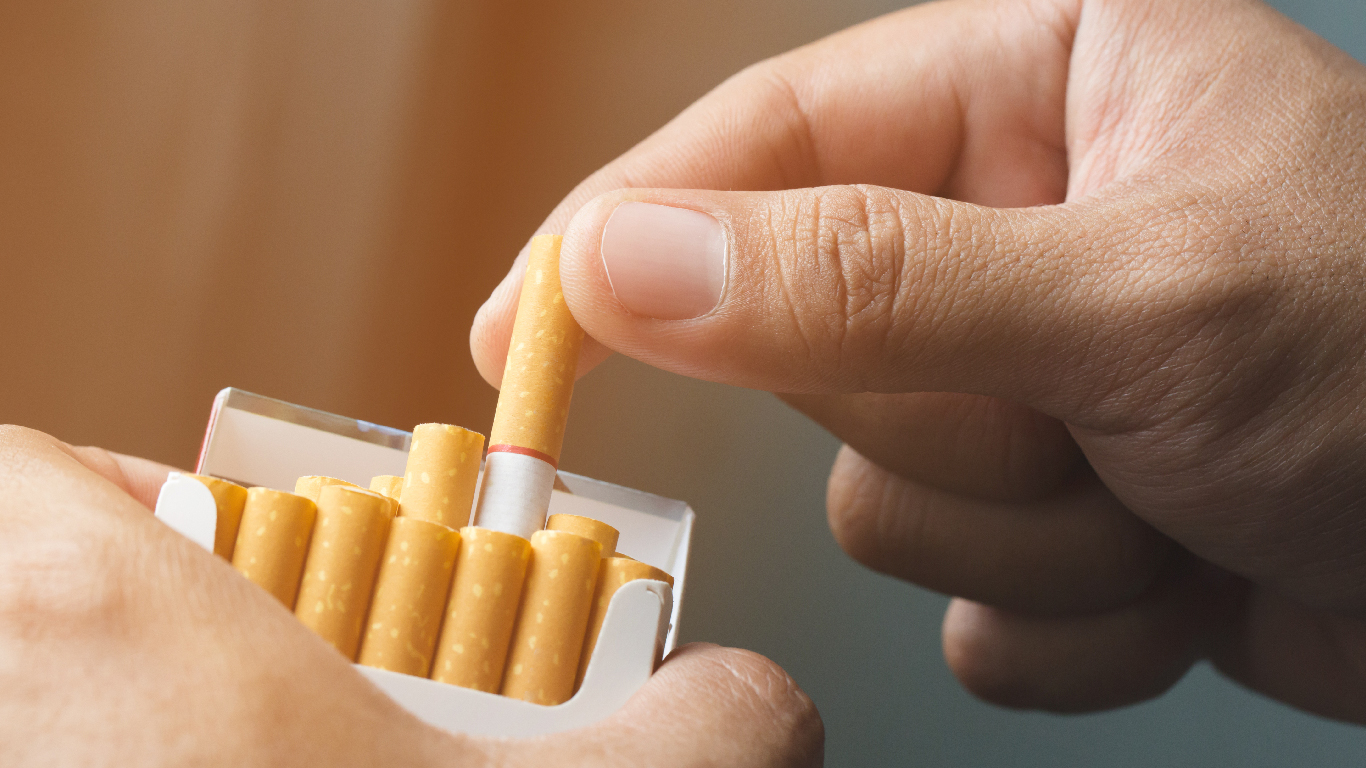Glioblastoma multiforme grows rapidly in the brain or spinal cord tumour. It influences the brain more often than the spinal cord. These tumours grow from glial cells which form the tissue of the brain and spinal cord. Glioblastoma multiforme is also called glioblastoma or GBM. As it develops, a brain tumour can lean or ruin nerves or other structures. This can intermingle with the brain’s normal working. For example, a brain tumour can derange: thought, memory, emotion, Movement, vision, hearing and touch. Scientists were not aware about what causes most brain tumours. However, they are actively running to get good understanding the biology of glioblastoma multiforme and recognise feasible environmental, occupational, family, and genetic risk factors.
As brain tumours develop, they compel or damage nerves or other part of the brain and get in the way of with thought, memory, emotion, movement, vision, hearing, touch, and other brain functions. Bulging and fluid growth can also throw an impact on the brain function. The most common GBM Symptoms are: Persistent headaches, Nausea and vomiting, Memory Loss, Seizures, and Modification in personality, mood, and possibility to be attentive and alteration in speech, vision, or hearing. Many other situations can cause these symptoms, but call your doctor on time if you experience any of these issues.
Detection often begins with a medical history. Your doctor will ask you about your symptoms and past sicknesses and treatments. Your doctor will also do a neurological test—she or he will check you’re: reactions, allotment, Feeling, Pain Response and Muscle Strength. He or she may inspect your eyes for signals of increased pressure or swelling.
A brain tumour will remain developing until it is tended. Without treatment, lasting brain damage or death can result. There is no familiar way to stop glioblastoma. Some risk factors may grow a person’s choice of growing a brain tumour. These comprise of radiation therapy to the brain and sure assumed disorders. Unluckily, right now, no heal for glioblastoma. Treatment directs to: Soothes pain and symptoms, Get better quality of life and stretched out existence. Treatment relies on the patient’s medical and personal circumstances. It normally comprise of surgery, radiation, and chemotherapy.
In most cases, surgery is the first step in treatment. The objective is to keep away as much of the tumour as viable. This helps to diminish symptoms. Doctors can also test the tumour tissue to affirm the glioblastoma detection. Glioblastoma tumours develop like organs into surrounding brain tissue, so it is frequently not possible to keep them away fully. Radiation therapy uses quality-energy x-ray beams to prevent or slow tumour development. Patients generally get radiation treatment following biopsy or surgery. Chemotherapy uses medicines to terminate the growth of cancer cells. It can be taken by mouth, pushed into a vein or muscle, or set straight away into a body part.
Contact your doctor if you experience any of the usual symptoms of glioblastoma, including: everyday headaches, Nausea and vomiting, Memory loss, Seizures, Changes in character, mood, or attentiveness, Changes in speech, vision, or hearing. Glioblastoma tumours are among the most infectious. Younger patients inclined to have better results. Sadly, only a small percentage of adults last five years beyond their diagnosis.






